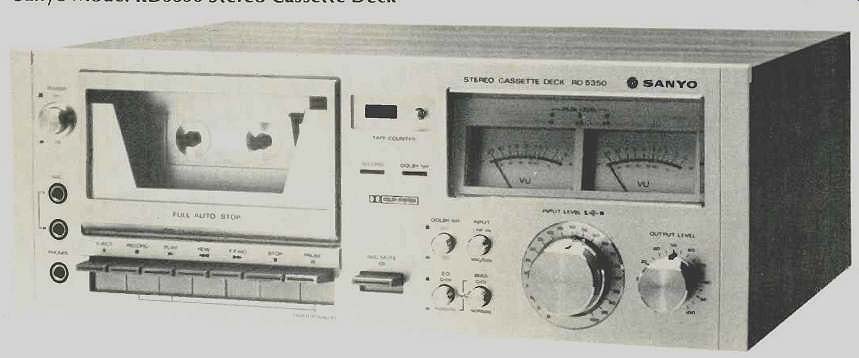
MANUFACTURER'S SPECIFICATIONS:
Frequency Response: 30 Hz to 14 kHz, 30 Hz to 17 kHz with FeCr and CrO2 tapes.
Signal-to-Noise Ratio: 56 dB, 64 dB with Dolby.
Input Sensitivity: Mike, 0.3 mV; line, 50 mV.
Output Level: Line, 550 mV; headphone, 40 mV at 8 ohms.
Flutter: 0.05 percent W rms.
Wind Times: 90 seconds for C-60.
Dimensions: 16 5/8 in. (42 cm) W x 6 1/8 in. (15.5 cm) H x 11 7/16 in. (29 cm) D.
Weight: 13.2 lbs. (6 kg).
Price: $249.95.
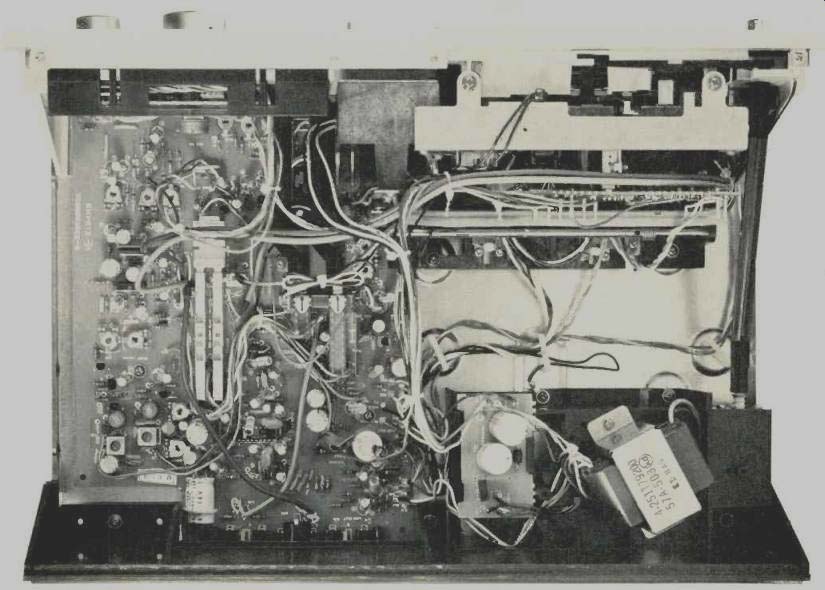
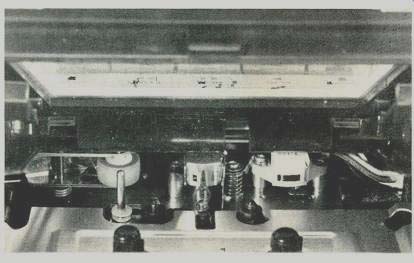
The Sanyo RD5350 cassette deck delivers generally accept able performance, for a low price. The clear-plastic door cover of this front-loading unit is easily snapped out, giving very good access for cleaning and demagnetizing. The plastic loading guides were judged to be a bit flimsy. Tape-motion control was with piano-key levers, which were a little springy. Pause also functions as a timer start switch when power is turned on, with Record or Play preset. The counter has a reset, but there is no memory function. The level meters are well illuminated and of good size. The scales are mirror-backed and extend to +6, with the Dolby cal mark at +3.
There are 0, +3, and +6 peak level indicators above the meters, a good location. To the left are the Record and Dolby NR status lights, slightly less convenient. A spring-loaded, momentary-contact lever switch below provides Rec Mute, which removes the record signal although the meters will continue to indicate level.
There are four pushbutton switches for Dolby NR, mike, or line input selection, 120- or 70-microsecond EQ, and normal or CrO2 bias. Switches are set for 70 microseconds and normal bias for FeCr tapes. The dual-concentric input level pots have very large knobs with fine knurling, with smooth friction coupling between sections. The output level pot has a medium-size knob with fine knurling.
Mike and phone jacks are on the front panel and line/out phono jacks and a DIN socket are on the back. Inspection of the interior showed that most of the circuitry was on one large PCB with very good soldering, although some lead ends were slightly long. There were no parts identification with the exception that adjustment pots were well marked. A specific search for a possible cause of erratic results in preliminary tests revealed that a collector heat sink was barely touching a diode lead. Repositioning the too-long-lead transistor gained steady performance. Interconnecting wires were neatly bundled. The capstan flywheel was of good size.

Fig. 1--Frequency response with Ampex Grand Master tape.
Fig. 2--Frequency response with Sony FeCr tape.
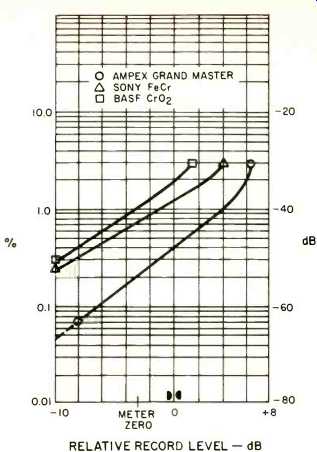
Fig. 3--Frequency response with BASF CrO2 tape.
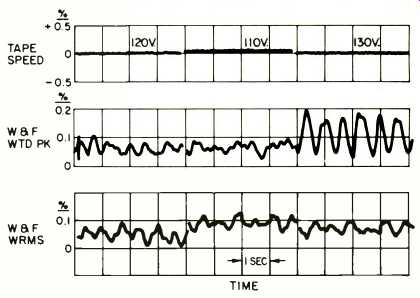
Fig. 4--Third harmonic distortion vs. level at 1 kHz with Ampex Grand Master,
Sony FeCr, and BASF CrO2 tapes.
Performance
The playback responses of the test tapes with the Sanyo deck were within 2 dB at all frequencies with the exception of 40 Hz at +2.9 dB with the 70-microsecond tape. Meter indications for standard levels were very close for the left channel and about a dB low for the right. The RD5350 gave its best performance with a limited number of tapes. Ampex Grand Master had high-end response out to 12.3 kHz at 20 dB below Dolby level, to 10.0 kHz with Dolby NR switched in.
At Dolby level, the response was 3 dB down at 5.7 kHz in both cases. At the low end at-20 dB, the response was down 3 dB at 25 Hz and also at 35 Hz with a head-contour dip. At Dolby level, there was a similar result although the points were at 40 and 51 Hz. With Sony FeCr, the low-end results were all the same, but the high-end was mixed. At -20 dB, the 16.7-kHz response was very close to the specified 17 kHz, but the droop in response from 1 kHz up with Dolby was only fair. The 0-dB headroom was limited to 3.6 kHz or less.
The results with BASF CrO2 were the best for the tapes tried, with a very flat response from 23 Hz to 16 kHz at-20 dB. Dolby NR results were almost as good with a 15.0 kHz limit and a 1.5-dB droop at 3 kHz. At 0 dB, the headroom was about the same as with the Ampex tape, but the low-end response was much better. Playback of a recorded 10-kHz tone had about 40 degrees of phase jitter, one channel compared to the other, which is very good for a cassette deck.
Bias in the output during recording was satisfactorily low.
The multiplex notch filter appeared to be in at all times and was measured to be-29.5 dB at 18.9 kHz.
HDL3 vs. record level was measured for the three tapes at 1 kHz with Dolby level (+3 meter) as the zero reference. The distortion was markedly lower with the Ampex tape, with the Cr02 tape the poorest in this regard. In one respect, the Sanyo was excellent: All other distortion products were of very low level for all three tapes. The use of Dolby NR reduced HDL3 without increasing HDL2, as some units do. HDL3 vs. frequency at -10 dB with Ampex Grand Master produced some very low readings around 1 to 2 kHz, while the distortion was a bit over 1 percent at the lowest frequencies. At Dolby level, the signal-to-noise ratios for the Ampex, Sony and BASF tapes were 53.0, 56.5 and 57.0 dBA, and 61.2, 63.9 and 64.5 dBA with Dolby, respectively. With a HDL3 = 3 percent reference, the results were 59.5, 60.5 and 58.5 dBA for the Ampex, Sony, and BASF tapes, and 67.7, 67.9 and 66.0 dBA with Dolby, respectively, for the same tapes. These figures are certainly excellent, particularly for a lower-price unit. Recording up to the 3 percent distortion point, however, could cause noticeable losses in the higher frequencies. Erasure of a 1-kHz tone was at least-90 dB, and separation was also excellent at 52 dB.
Crosstalk was far enough down at -74 dB, but not as good as the better current units.
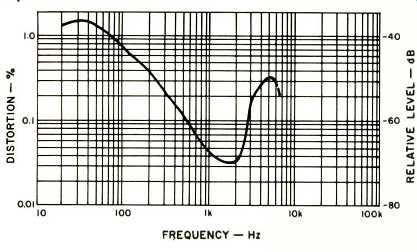
Fig. 5--Third harmonic distortion vs. frequency at 10 dB below Dolby level
with Ampex Grand Master tape.
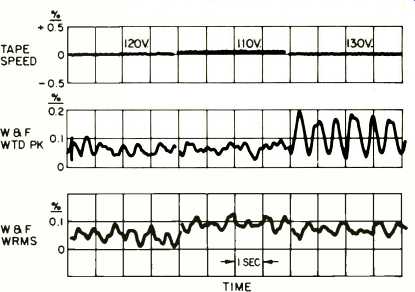
Fig. 6--Wow and flutter and tape speed variations.
Input sensitivities were 0.24 mV for mike and 49 mV for line, both better than specifications. Input overloads were 24 mV for mike and greater than 11 V for line. Clipping of the output occurred at a level equivalent to +15 meter indication. The input pot sections tracked to +15 meter indication. The input pot sections tracked within a dB from maximum level to 35 dB lower. The headphone level of 32 mV was adequate for most phones, though below the specified 40 mV. The line output was slightly under spec at 530 mV. The sections of the output pot tracked within a dB for more than 60 dB from maximum. The meter ballistics matched VU standards, but the frequency response was a little shy on the high end. The LED peak indicators turned on at-1, +2, and +4.7 VU with a CW signal, all about a dB low. The response threshold were basically the same with a 10-mS tone burst.
Meter scale calibration was a bit inaccurate below 0 VU, being 2 dB off at-10, raising a question on the possible value of the mirror backing.
Play speed was within 0.3 percent or better, and there was substantially no change as line voltage was varied. The flutter tests were run with the cassette near the middle with three different play starts for each of the W&F standards. The results were variable, with great changes in the flutter at times, most evident in the last Wtd peak plot. The typical W rms figure of 0.068 percent was quite good, although over the 0.05 percent spec. Wind times were 81 seconds.
Listening & Use Tests
Tape insertion was easy, latching was smooth, and the Eject key opened the door quietly. Maintenance was an easy task with the door cover removed. All controls worked well, with the smoothness of the pots of particular note. It was not possible to cause a tape-motion malfunction during the testing, but there is some question on the theoretical desirability of being able to switch from FFWD to Play directly. Meter action was good, and the peak LEDs were helpful. The record-muting and timer-start functions worked satisfactorily. Memory function was missed at times, but the deck price is quite low for such a feature to be included. The instruction book was adequate.
In general, the sound from the Sanyo deck was quite good, probably aided by the flatness of the response from 100 Hz to 10 kHz. The limitations of high-level recording, however, were apparent, most so with the FeCr tape, which seemed dull in Dolby mode. With the BASF CrO2 tape, the sonic results were better, with just a subtle dulling of the highs and a loss in presence in the Dolby mode. Record and stop clicks were of very low level, and no such effects were observed from the use of Pause. Overall, the Sanyo RD5350 cassette deck has generally acceptable performance, particularly for its low price. Tape selection appeared to be important for best response and to minimize Dolby tracking errors.
--Howard A. Roberson
=================
(Source: Audio magazine, Feb 1979)
Also see: Technics Model RS-616 Cassette Deck (Feb. 1979)
= = = =